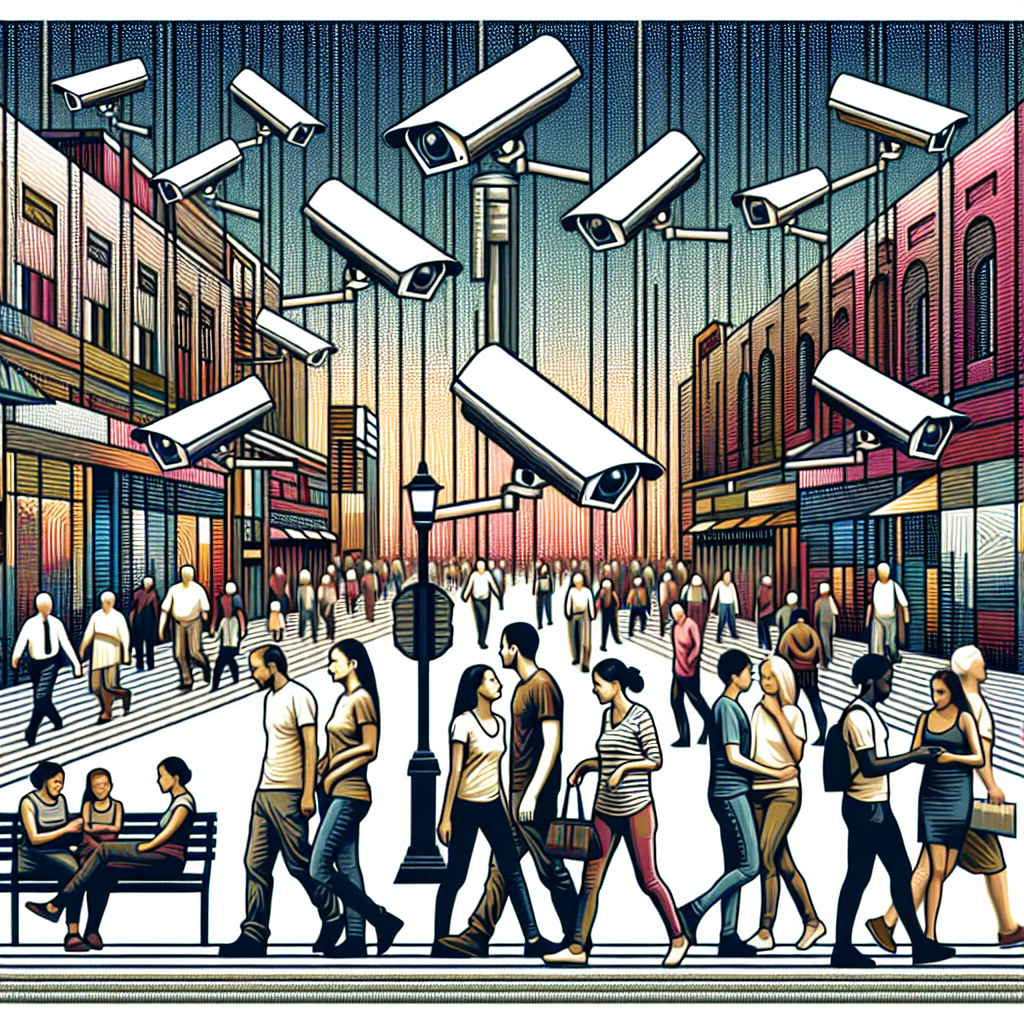Examining the Militarization of the New World Order
1. Understanding the New World Order Concept
The term “New World Order” (NWO) has been used to describe a significant shift in global political, economic, and social dynamics. Initially popularized in the 20th century, especially after the end of the Cold War, it implies a restructuring of power where international cooperation becomes paramount in addressing global issues. However, this transformation is often considered alongside rising militarization, particularly as nations seek to secure their interests in a rapidly changing environment.
2. The Historical Context of Militarization
Militarization refers to the process through which a society organizes itself for military conflict and violence. Historically, periods of significant political change have often seen an uptick in military readiness. The aftermath of World War I and World War II was marked by the establishment of international bodies like the League of Nations and the United Nations, aiming to prevent conflicts through diplomacy. However, as tensions escalated during the Cold War, countries fortified their military strategies, which can still be observed today in various forms.
3. Global Military Expenditures
In the context of the New World Order, military expenses have seen a dramatic uptick. Global military spending exceeded $2 trillion in recent years, with nations like the United States, China, and Russia leading the way. The consistent growth in military budgets, irrespective of prior commitments to disarmament or diplomatic resolutions, illustrates a prioritization of military solutions over peaceful negotiations. These expenditures are often justified through the assertion of national security threats, cyber warfare, and terrorism.
4. The Role of NATO and Global Alliances
Militarization is heavily influenced by military alliances, with the North Atlantic Treaty Organization (NATO) serving as a key player in the military escalation narrative. Established after World War II, NATO’s role has transitioned from collective defense against the Soviet bloc to broader missions encompassing crisis management and cooperative security. As NATO’s ambit expanded, so did its military capabilities, including missile defense systems and rapid deployment forces. This military alliance symbolizes the merging of militarization with international cooperation in the NWO framework.
5. The Rise of Private Military Contractors
Private military companies (PMCs) are becoming increasingly prevalent in contemporary conflicts. Representing a substantial shift in military engagement, PMCs operate in the grey area between state and non-state actors. Their involvement ranges from logistical support to direct combat operations, influencing the dynamics of warfare and response mechanisms in crisis zones. The recruitment of PMCs by governments often reflects a preference for privatized militarization, raising ethical and operational questions about accountability and effectiveness.
6. Cyber Warfare: A New Military Frontier
In today’s digital age, cyber warfare constitutes a vital dimension of military strategy under the New World Order. Nations invest heavily in cyber capabilities, seeking to protect their infrastructures from potential attacks while also developing offensive strategies. Cyber espionage, hacking, and disinformation campaigns have become common tools of statecraft. The blurring line between warfare and cyber activities complicates the traditional understanding of militarization, pushing nations towards ever-increasing defensive and offensive technology investments.
7. The Intersection of Militarization and Technology
Technological advancements are critical to understanding the current state of militarization within the NWO context. Drones, artificial intelligence (AI), and autonomous weapons systems are reshaping traditional military engagement. Countries are racing to develop cutting-edge military technologies that provide a strategic advantage. The militarization of technology extends beyond conventional warfare, impacting aspects like surveillance and intelligence gathering, leading to a more hostile global environment.
8. Geopolitical Tensions and Regional Militarization
Regional conflicts worldwide have escalated militarization as nations respond to perceived threats. The Middle East, South China Sea, and Eastern Europe are hotspots where military build-ups are driven by nationalistic policies, territorial disputes, and ideological conflicts. Each region’s response to external threats contributes to a cumulative global atmosphere steeped in militaristic posturing. Countries often prioritize military readiness over diplomatic engagement, reiterating the cycle of militarization.
9. Societal Implications of Militarization
The militarization of society has profound implications for civilian life. Increased military spending often results in a diversion of resources from social services such as education and healthcare. As nations emphasize security over development, a public discourse favoring militaristic policies ingrains itself within national identities. Surveillance programs and aggressive policing also become normalized, leading to societal militarization that often curtails civil liberties and democratic participation.
10. Environmental Impact of Militarization
Militarization also has environmental consequences, as military operations contribute significantly to ecological degradation. Armed conflicts lead to habitat destruction, pollution from weapons manufacturing, and resource depletion. The arms trade exacerbates these issues by promoting a culture of violence that sidesteps sustainable development efforts. As nations prioritize military presence in resource-rich areas, the nexus between militarization and environmental crises becomes increasingly evident.
11. The Media’s Role in Normalizing Militarization
Media representation plays a crucial role in shaping public perception of militarization. News outlets often glamorize military engagements while minimizing the associated human costs. The normalization of military solutions in popular media, film, and literature desensitizes the public to violence and conflict. As stories of heroism and sacrifice dominate media narratives, alternative dialogues centered on peaceful resolutions are often overshadowed.
12. Social Movements and Counter-Militarization Efforts
In opposition to the rising tide of militarization, various social movements advocate for disarmament and peaceful resolutions to conflict. Grassroots organizations strive to raise awareness about the consequences of militarization, promoting dialogue over aggression. Campaigns focused on reducing military budgets and reallocating resources toward social services illustrate a potential pushback against dominant military paradigms. The rise of global protests against militarization indicates a growing public consciousness surrounding armed conflict’s implications.
13. The Future of International Relations in the New World Order
The militarization within the New World Order poses various challenges and potential pathways for international relations. While traditional power dynamics face scrutiny, the preservation of the status quo could lead to increased competition among global powers. Alternatively, collaborative approaches involving diplomacy, trade, and cultural exchange might emerge as solutions to counterbalance militarization. The path forward will inevitably depend on collective global willingness to engage in dialogue rather than confrontation.
14. Key Takeaways on Militarization and the New World Order
The examination of militarization in the context of the New World Order underscores profound complexities. From shifts in military strategy to societal impacts and counter-movements, the ramifications are both far-reaching and immediate. Ongoing debates about security, individual rights, and societal values serve as essential components in wrestling with the dynamics of international relations today. The future remains uncertain, shaped by choices made today in response to the risk of conflict and the desire for peace.
15. Continuous Monitoring of Military Developments
As global conditions continue to evolve, there is a pressing need for continuous monitoring and analysis of militarization trends. Understanding the nuances of military engagements, the socio-political landscape, and technological advancements will be vital for crafting policies that favor peaceful coexistence over conflict. An informed public discourse could pave the way forward, prioritizing dialogue, cooperation, and universal security above militaristic pursuits.












Leave a Reply